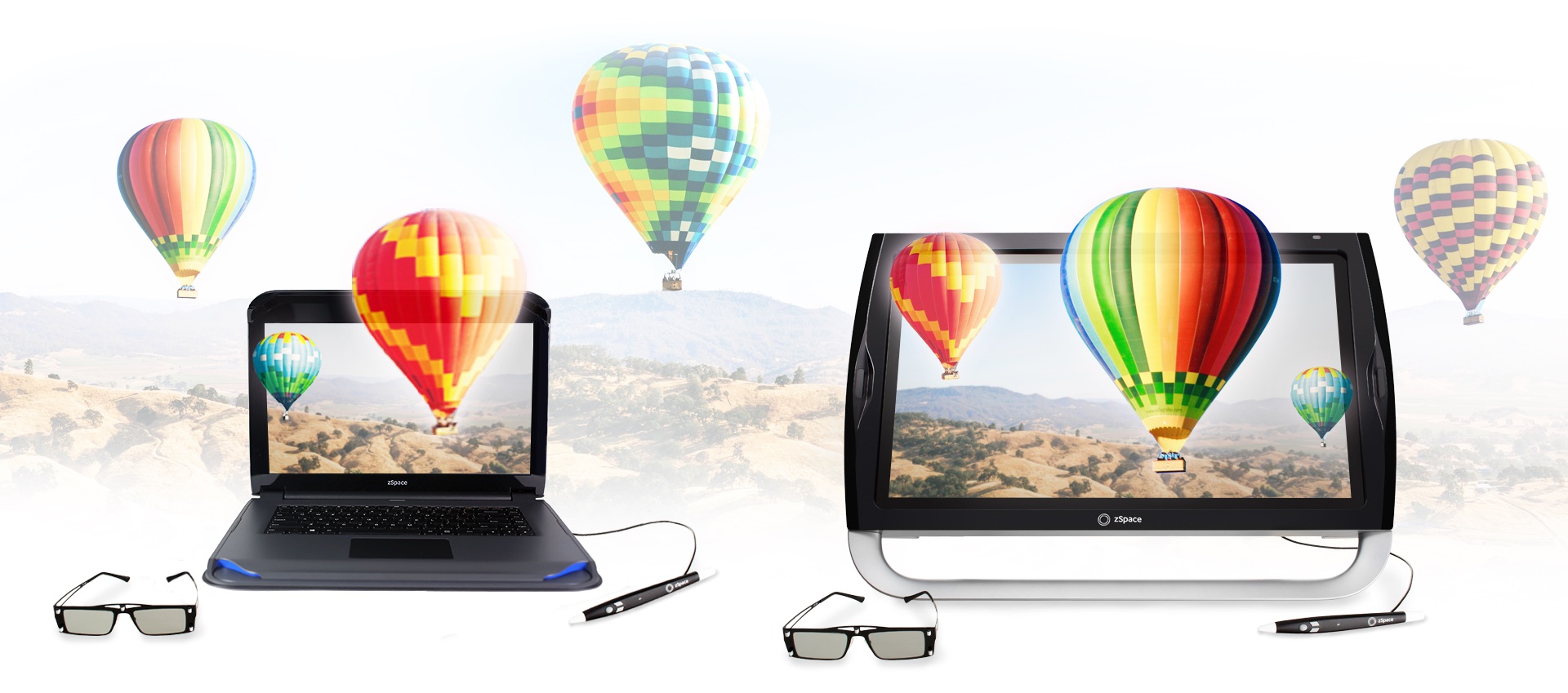Get ready for an AR/VR new world with these tech enhancers.

Microsoft
Hololens
https://www.microsoft.com/en-us/hololens
While slides of the Coliseum might be one way to teach about Ancient Rome, one couldn’t help but imagine the lesson might “stick” more should a gladiator in full garb be strolling through the classroom. The march of the penguins might take on that much more import if a feathery friend was making its way through the aisles of desks. Sure, holograms might have more practical use in industry or science labs at the moment, but keep an eye on developments (and a drop in price) that could lead this mixed reality engager into a classroom near you.
Casio Ultra Short Throw Projector
XJ-UT351WN
http://www.casioprojector.com/products/Ultra_Short_Throw/XJ-UT351WN
Tools and ideas to transform education. Sign up below.
Dynamic brightness control on this ultra short throw automatically adjusts to the classroom light level — which combined with its lightweight and ease of set up made it a perfect complement to Hunters Hill Forest School’s outdoor classroom. Using a wildlife projection to enhance a “bat detection kit” lesson in the elementary school’s wooden gazebo, teacher and students were impressed by the brightness of the images leading to a distinct virtual reality experience.
Xennial Digital
XDVR Learning Portal
https://www.xennialdigital.com
The Learning Portal offers a number of different VR science experiences spread across physics, chemistry, and biology. A virtual lab allows students to try their hand at extreme experiments, while lasers and refraction is explored in another experience. Created to offer users the freedom to experiment “without worries of cost or consequence” could engage students to try their hand in a new area of science.
zSpace
AR/VR Laptop
This T&L Grand Prize winner allows students to try their hands at virtual frog dissections and Newton’s physics experiments, minus hazards (and moral objections). The set includes tracking eyewear, an interactive stylus, and a wide variety of K–12 STEM software that aligns to Next Generation Science Standards (NGSS) and individual state standards. Unlike other VR solutions, such as head-mounted displays that can be isolating, zSpace is display-based.
Sascha has nearly two decades of experience as a freelance journalist writing for national magazines, including The Washington Post, LA Times, Christian Science Monitor, National Geographic Traveler, and others. She writes about education, travel and culinary topics.

